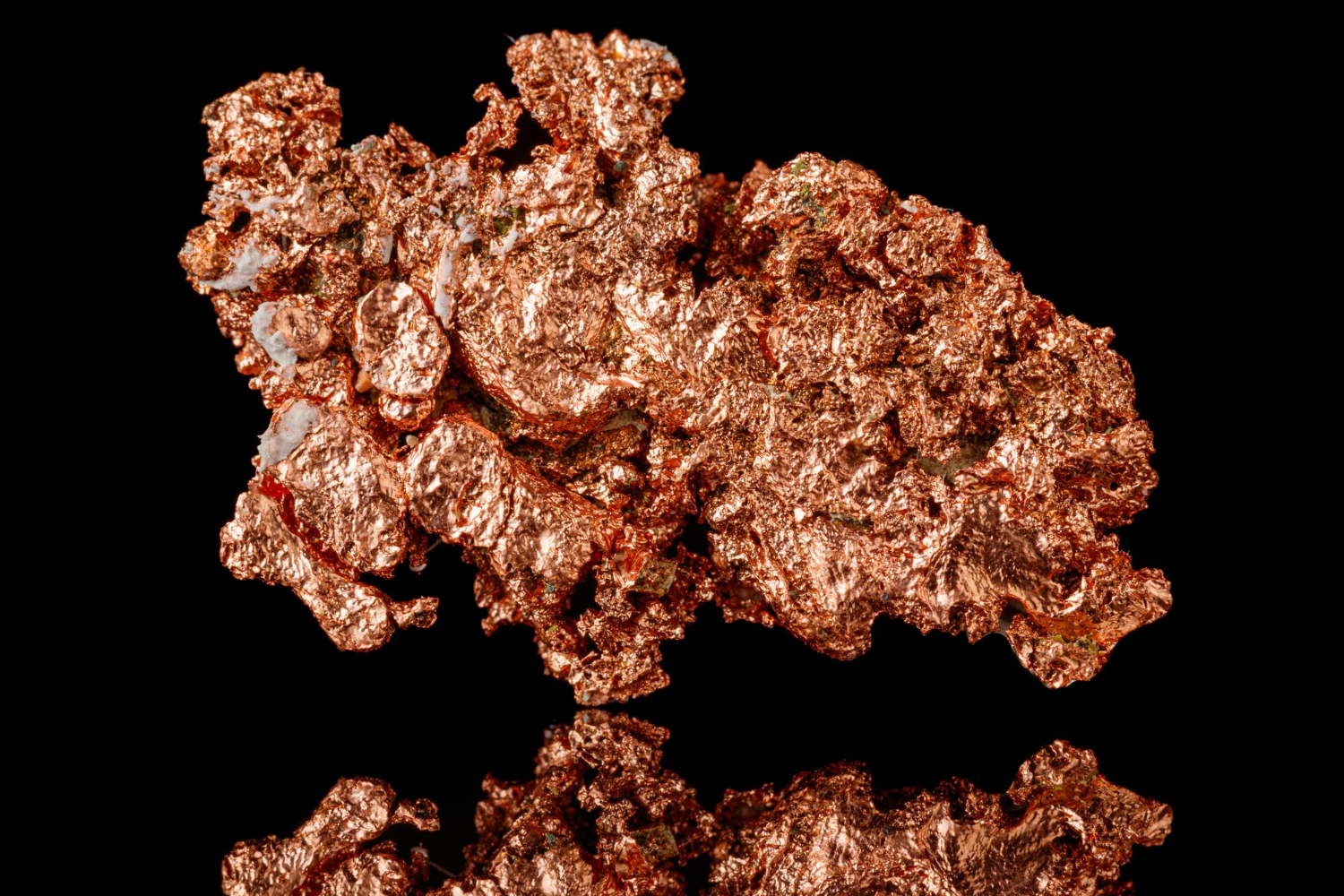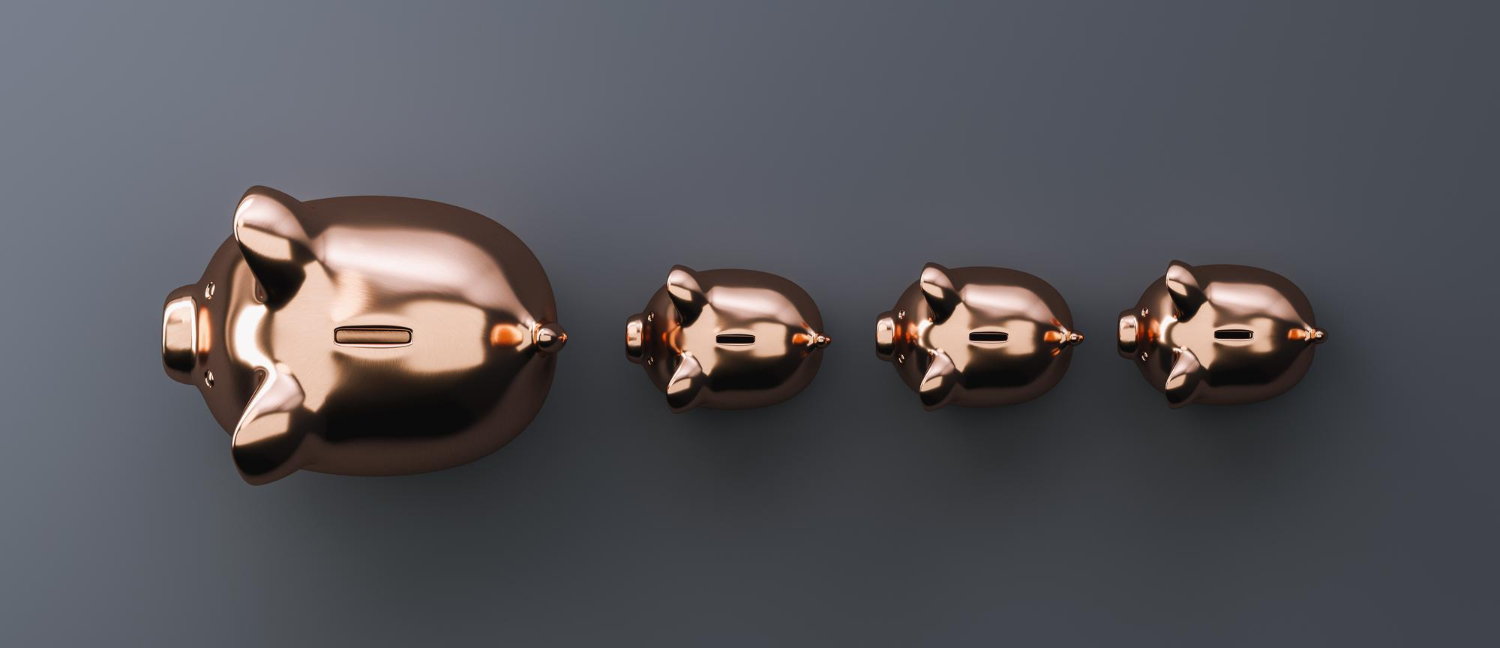What is Copper?

Copper is a chemical element with the symbol Cu (from Latin: cuprum) and atomic number 29. It is a soft, malleable, and ductile metal with a reddish-orange color. It is a good conductor of electricity and is commonly used in electrical wiring, roofing, and plumbing. It is also used in various alloys, such as brass and bronze, and in various industrial and decorative applications. Copper is an essential trace element for all forms of life and is found in a variety of foods, including fruits, vegetables, and grains.
What is the history of Copper?
Copper has been used by humans for thousands of years. The history of copper dates back to ancient civilizations, such as the Egyptians and Sumerians, who used copper for a variety of purposes, including tools, weapons, and jewelry.
Copper mining and smelting were well-developed in the ancient world. The ancient Egyptians knew how to extract copper from ore by heating it with fire, and the Sumerians and Chaldeans of Mesopotamia used a similar method to extract copper from its ores.
Copper metallurgy was also developed independently in the Andes, where the oldest known artifacts made from smelted copper are from the Moche culture of ancient Peru, dated to around 1000 BC.
Copper has been an important metal for human civilization for thousands of years, but the Bronze Age, a period that began around 3000 BC, was particularly significant in the history of copper. This era saw the widespread use of bronze, an alloy of copper and tin, which was used to make tools, weapons, and other objects.
In more recent history, copper played a crucial role in the Industrial Revolution as it was used in steam engines, generators, and other machines, helping to spur on technological advances and economic growth. Today, copper is still widely used in many industries, including construction, transportation, and electronics.

Why is Copper an important commodity?
Copper is an important commodity for several reasons:
- Electrical conductivity: Copper is an excellent conductor of electricity, which makes it essential for the production of electrical wiring, motors, generators, and other electrical components.
- Corrosion resistance: Copper is highly resistant to corrosion, which makes it an ideal choice for use in water supply and drainage systems, as well as other applications that require exposure to the elements.
- Heat conductivity: Copper is also an excellent conductor of heat, which makes it ideal for use in heat exchangers, radiators, and other heat transfer applications.
- Alloys: Copper is also used to make a variety of alloys, such as brass and bronze, which have their own unique properties and uses.
- Industrial and decorative uses: Copper is also used in various industrial and decorative applications, such as roofing, sculpture, and coinage.
- Health Benefits: Copper is an essential trace element for all forms of life and is found in a variety of foods. It plays a role in the development of the nervous system, the formation of red blood cells, and in the maintenance of healthy bones and blood vessels.
- Green Energy: Copper is a vital component in renewable energy technologies such as wind turbines and solar panels.
Due to these properties and its versatile uses, copper has been an important commodity for centuries and continues to be so today.
How is Copper mined?
Copper is typically mined from large open-pit mines or underground mines. The mining method used depends on the location and quality of the copper deposit, as well as the surrounding environment.
- Open-pit mining: Open-pit mining is used to extract copper from large open-pit mines. This method involves removing the overburden (the soil and rock that covers the copper deposit) to access the copper ore. Once the ore is exposed, it is extracted and transported to a processing plant for further processing.
- Underground mining: Underground mining is used to extract copper from deep deposits. This method involves digging tunnels and shafts to access the copper ore. The ore is then extracted and brought to the surface for processing.
- Leaching: Some copper deposits are too low grade to be mined by traditional methods, instead, the copper is extracted by dissolving it using a chemical process called leaching. The most common method is called heap leaching, where the copper-containing rock is placed in a large pile, then an acidic solution is poured over it, which dissolves the copper, and the solution is then collected at the bottom of the pile.
- Bioleaching: Bioleaching is a method of extracting copper from low-grade ore using microorganisms. The process involves mixing the ore with water and a specific type of bacteria that can convert the copper into a soluble form, which can then be recovered from the solution.
Once the copper is mined, it goes through a series of processes such as crushing, milling, flotation, and smelting to produce a concentrate that is around 30% copper. The concentrate is then refined to produce 99.99% pure copper.
What everyday products contain Copper?
Copper is used in a wide variety of everyday products, some examples include:
- Electrical wiring: Copper is the most common material used for electrical wiring in buildings, appliances, and electronics because of its excellent conductivity and corrosion resistance.
- Plumbing: Copper pipes are widely used in plumbing systems because of their durability and resistance to corrosion.
- Coins: Many coins around the world are made from copper or copper alloys, such as bronze.
- Cookware: Copper cookware is prized for its excellent heat conductivity, which allows for even heating and precise temperature control.
- Jewelry: Copper is often used in jewelry making because it is relatively inexpensive, easy to work with and has a warm, reddish color.
- Roofing: copper is used in roofing because of its durability and resistance to corrosion and weathering.
- Building construction: Copper is used in building construction as a cladding material because of its durability, low maintenance, and its ability to withstand extreme weather conditions.
- Electronics: Copper is used in many electronic devices such as smartphones, laptops, and televisions, for its conductive properties.
- Transportation: Copper is used in transportation industry, such as in cars and trains, for its conductive and heat-dissipating properties.
- Medical instruments: Copper is used in various medical instruments such as surgical tools and equipment because of its antimicrobial properties.
These are just a few examples of the many products that contain copper, it is a versatile metal that can be found in a wide variety of everyday products.

